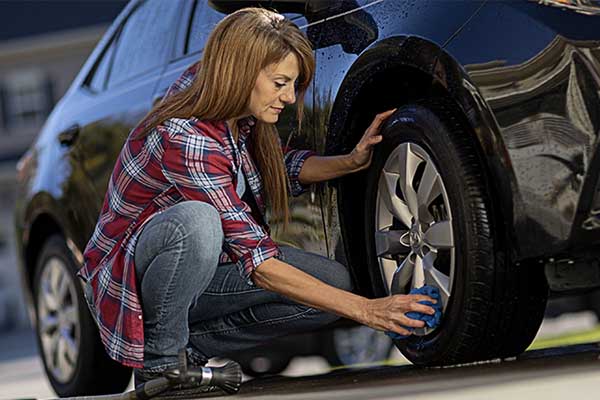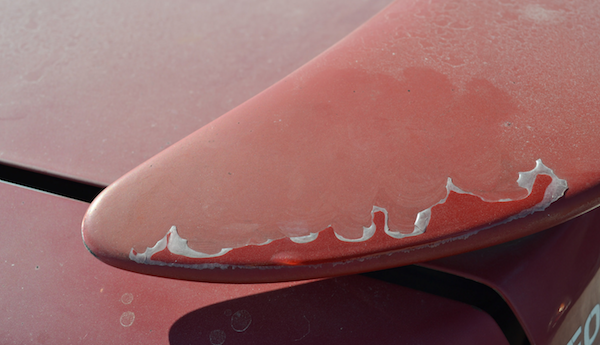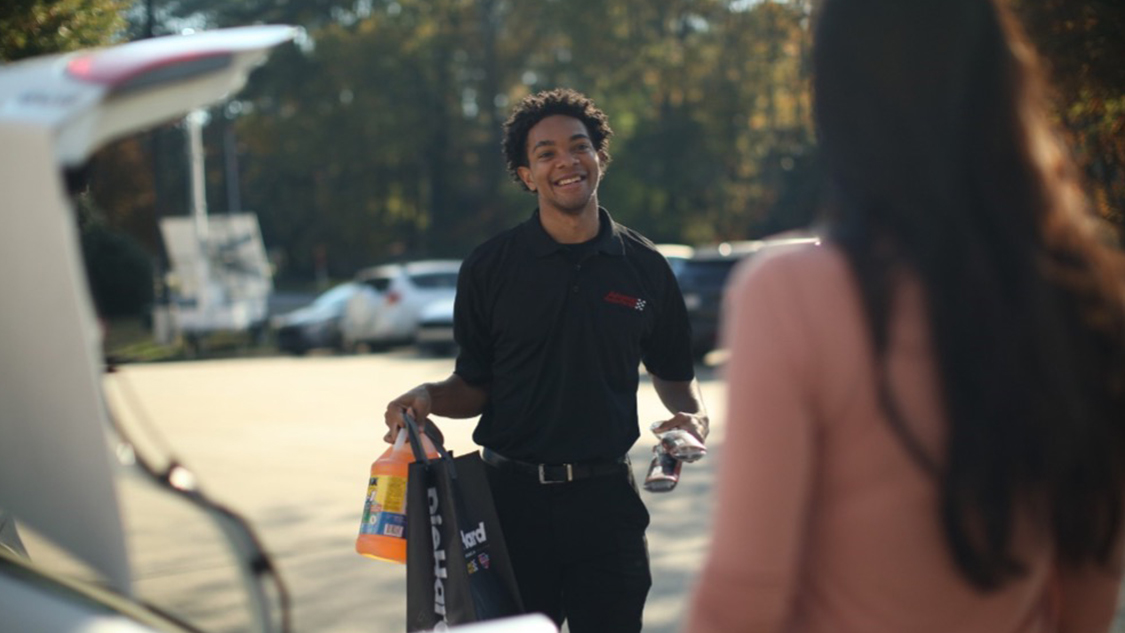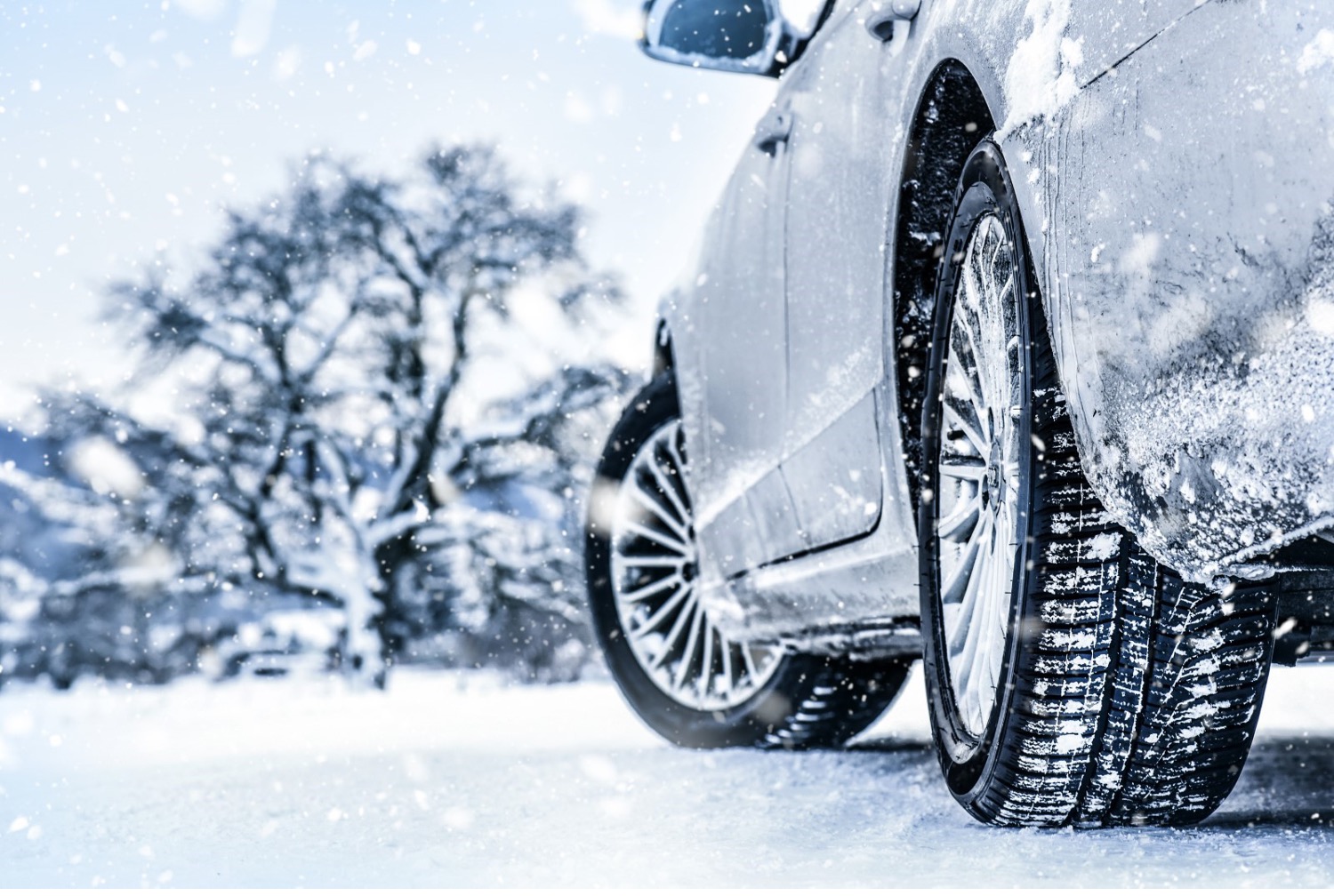
Source | Unsplash/Casey Horner
If you've lived through flooding or a hurricane, chances are your vehicle has, too. Once the waters recede, how can you tell whether your vehicle can be saved? Here's what to look for.
Assessing damages
Once it's safe to check on your vehicle, and before you pull up carpet, call your insurance agent, then document the damages. Take pictures and video. Note the amount of water in the vehicle and marks indicating how high the water rose. As a general rule, if the waterline is over your dashboard, then you're better off asking insurance to total the car instead of trying to salvage it.
Of course, weather damage is only covered if you carried comprehensive insurance before the flooding. If your vehicle's damage isn't covered by insurance, find out if you qualify for disaster assistance.
Interior
State Farm Insurance advises that you act quickly to prevent corrosion and mold from ruining your vehicle. Depending on the amount of flooding your area has seen, it can take an adjuster days or weeks to get to you. In the meantime:
- Tow your vehicle to a dry location, but don't start it. Doing so can further damage your engine's components. If you tow with the wheels down, perform the suggested engine maintenance below first.
- Open the windows and doors. Use a wet/dry vacuum and towels to remove excess water and mud from the interior.
- Disconnect your vehicle's battery. Then disconnect any wiring under the seats and remove the seats. Pull out the carpet, rugs, and loose upholstery. Clean them and let them dry. Dehumidifiers, hair dryers, and shop fans can speed the drying process.
- Replace the cabin filter.
- If moisture, mold, and odors continue to haunt you, we do carry a few products that eliminate moisture and odors. Or a good, old-fashioned box of baking soda, or two.
Source | Selena N. B. H./Flickr
Engine bay
The real work in restoring a flooded car takes place in the engine bay. It won't matter if your vehicle smells like a rose if it won't start. At the very least, check the dipsticks in your oil and transmission fluid. If you find water droplets clinging to the dipsticks, change your transmission fluid, oil, and oil filter. Next, siphon fuel from your tank. If water separates out from the fuel, drain and replace it with fresh gas. Change out your fuel filter while you're at it. You'll want to replace the battery you disconnected earlier, too. And since water and electronics don't mix, check these elements carefully. Replace relays or fuses that no longer work.
In the case of serious flooding, these steps may be just the beginning. If you're feeling overwhelmed or like the job may go beyond your DIY skills, head to an experienced mechanic for a full work over. With a bit of luck, time, and a thorough inspection, your vehicle can be roadworthy again.








